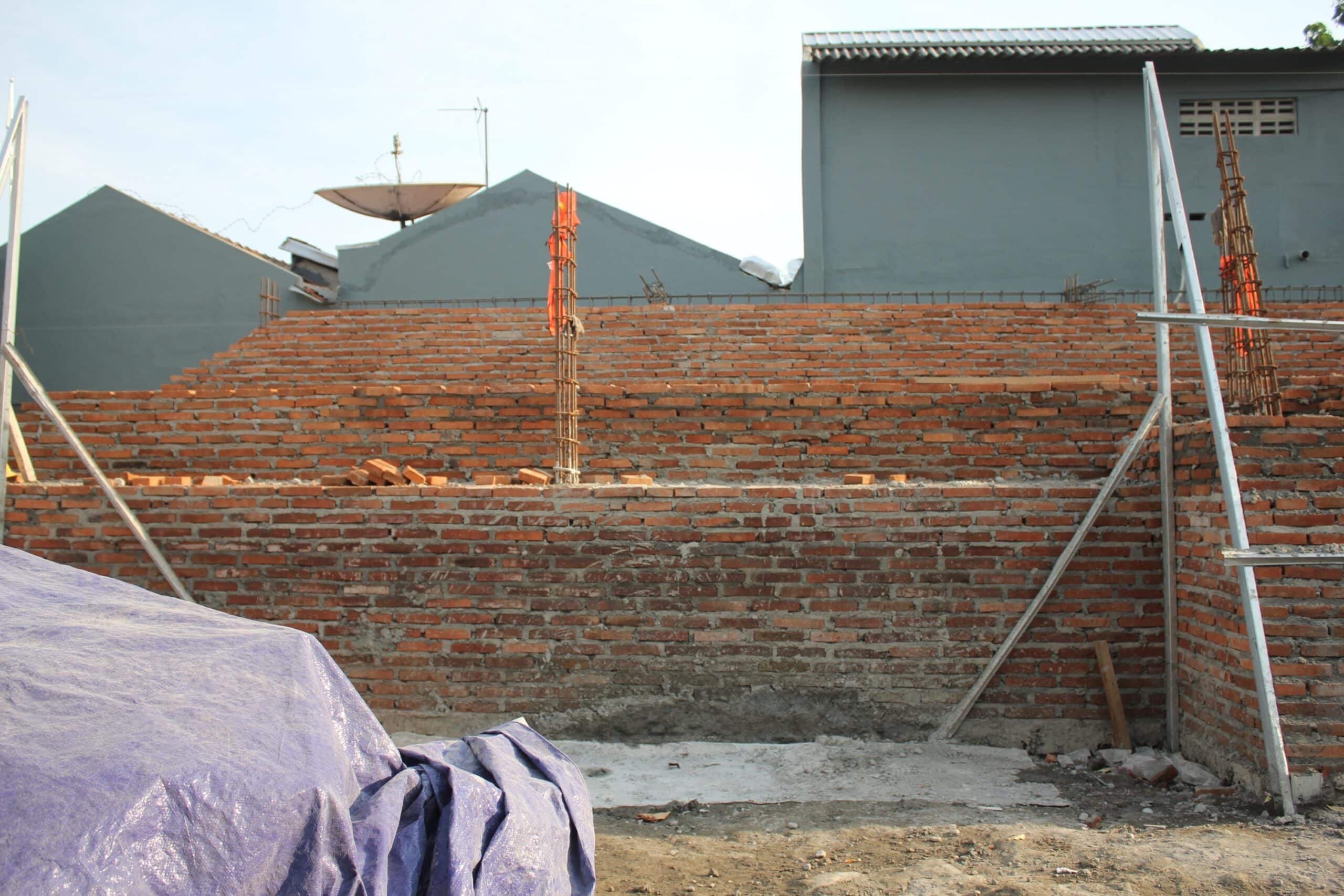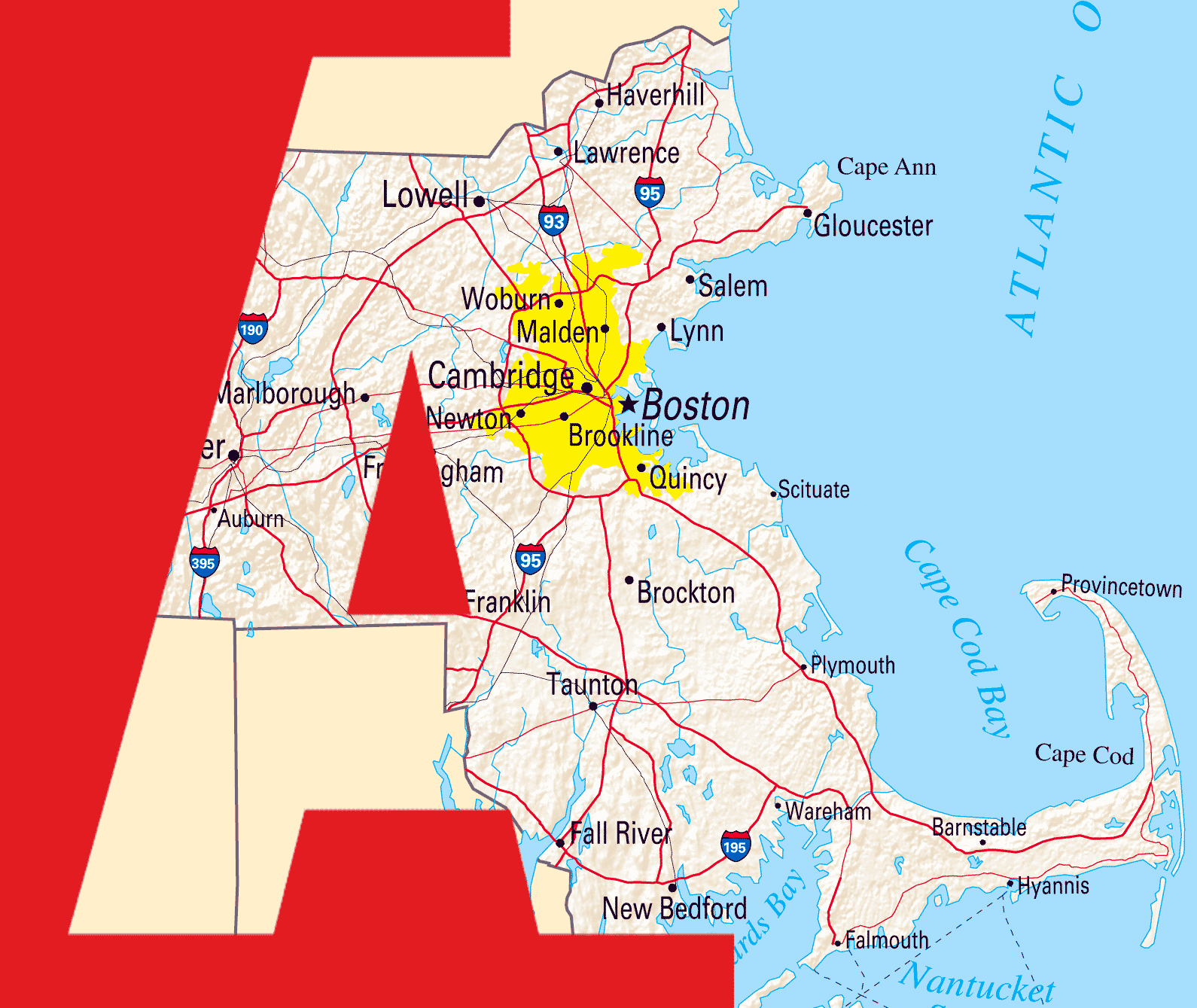All New Englanders know you have to be prepared for any weather conditions at any time. You never know when you’re going to get caught in a sudden downpour or snow flurry. When we’re going about our daily activities, we know to dress in layers or toss an extra pair of boots in the car. However, protecting an ongoing masonry repair project is a little more complicated. The good news is that our team at Abbot Building Restoration has been repairing and restoring masonry throughout greater Boston and Eastern Massachusetts for over 80 years, so we know how to handle the weather.
During an ongoing masonry restoration or repair project, areas of brick or concrete are exposed to the elements. When inclement weather sweeps through, the restoration team has to ensure the area isn’t damaged. So, how do we prevent damage before the project is complete?
Here are three simple things we do to protect our ongoing masonry repair projects from the elements.
Cover Exposed Areas
The first and most essential step is to cover all new and ongoing construction at the end of a workday. This step is especially important during the holiday season when the crew steps away from a project for more than just the night or a weekend. To ensure there is no water damage from inclement weather, the crew will cover any exposed areas with plastic sheeting or similar material and securely anchor it so it stays in place against wind and rain.
Secure Scaffold Boards
Additionally, our team tilts the inside scaffold boards up against the wall at the end of each workday. The boards prevent water from splashing loose mortar and dirt back onto the wall face if it rains. This technique protects the wall faces and saves the crew time when they resume work the next day.
Remove Old Mortar
While mortar is essential for holding bricks together, it can cause a drainage problem for incomplete masonry projects. A drainage wall cannot function properly if mortar droppings block the weep holes. Beveling the mortar bed away from the cavity before placing units on top of the fresh mortar can minimize droppings. Masons can also use a board inside the cavity to catch droppings while placing mortar and units and removing the board every few courses to empty it. A proprietary non-woven permanent cavity insert can also be installed to catch the droppings and keep them from blocking weep holes.


